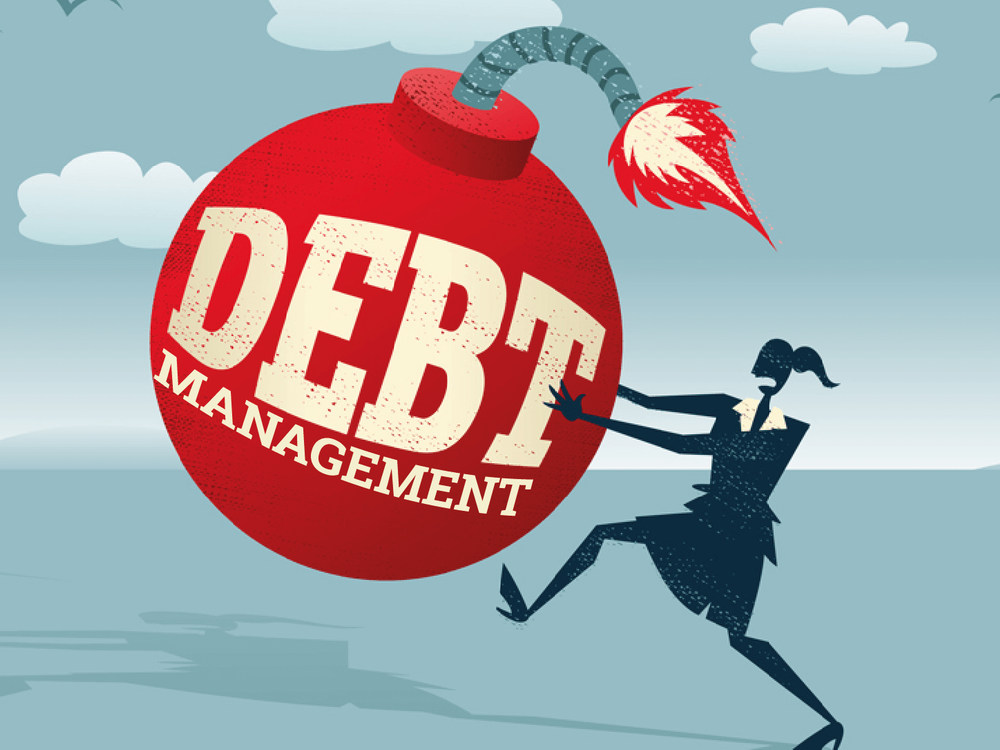Is Debt Consolidation Right for You? More Discussion Posted Here
Is Debt Consolidation Right for You? More Discussion Posted Here
Blog Article
Whatever You Need to Understand About Creating an Individualized Debt Administration Plan
In the realm of personal money, devising a tailored debt administration plan is often the cornerstone of achieving monetary security and tranquility of mind. As you navigate the intricacies of creating a personalized financial debt monitoring plan, understanding the complexities of each step is vital to your monetary success.
Assessing Your Existing Debt Scenario
One should initially carry out a comprehensive analysis of their current debt commitments before developing a reliable financial obligation monitoring plan. Examining your present financial debt situation is an important primary step in gaining control of your finances. Begin by gathering all essential monetary documents, such as bank card declarations, lending contracts, and any type of outstanding expenses. Develop a breakdown of each financial obligation, including the overall amount owed, rates of interest, minimal month-to-month repayments, and due days. This extensive introduction will give a clear picture of your financial standing and assistance prioritize which financial obligations to deal with initially.
After assembling this information, calculate your overall debt-to-income ratio by splitting your monthly financial obligation payments by your month-to-month earnings. Recognizing these aspects of your monetary scenario will assist you in creating a customized financial debt administration strategy customized to your specific requirements and goals.
Setting Financial Goals and Targets

When establishing economic objectives, it is essential to be specific, quantifiable, attainable, relevant, and time-bound (SMART) For example, you could establish an objective to settle a certain quantity of financial obligation within a certain period, such as decreasing your bank card balance by $5,000 in the following year - More Discussion Posted Here. By setting clear targets such as this, you can track your progression and stay inspired to attain your financial obligation monitoring goals
Additionally, consider prioritizing your financial debts based upon elements such as rate of interest, superior equilibriums, and repayment terms. By focusing on high-interest financial debts first, you can save money in the lengthy run and accelerate your journey toward economic liberty. Remember, everyone's economic scenario is unique, so customize your objectives and targets to fit your individual requirements and situations.
Creating a Realistic Spending Plan
Crafting a well-defined budget plan is a fundamental action in effective debt administration and monetary preparation. A reasonable budget plan offers as a roadmap for your monetary health, helping you track your revenue, expenses, and financial debt settlements. To develop a sensible spending plan, begin by noting all your resources of income.
Routinely review and change your spending plan as required to remain on track with your financial objectives and financial obligation repayment strategy. By sticking to read this article a practical budget, you can properly handle your financial debt and work towards an extra safe monetary future.
Checking Out Financial Obligation Payment Methods
After developing a realistic budget, the next crucial step in effective financial debt management is to check out various financial obligation settlement strategies. One usual approach is the snowball method, where you concentrate on paying off the smallest financial obligations first while making minimal repayments on bigger financial debts. This approach can help construct energy as you see smaller debts being cleared, offering inspiration to deal with larger ones.
One more strategy is the avalanche approach, which entails focusing on financial debts with the highest possible rates of interest. By targeting high-interest financial debts initially, you can minimize the general quantity you pay in passion gradually. This method might be more cost-effective over time, although it might take longer to see individual financial obligations completely repaid.
Debt debt consolidation is one click this link more choice where you incorporate multiple financial debts into a single finance with a lower rates of interest. This can streamline your payment process and potentially minimize the overall passion paid. Nonetheless, it's necessary to thoroughly take into consideration the costs and terms related to debt consolidation to ensure it's the appropriate selection for your economic circumstance.
Surveillance and Adjusting Your Strategy

Changing your strategy may include reapportioning funds to take on high-interest financial obligations first, working out with creditors for lower rate of interest or better settlement terms, or discovering extra income sources to expedite debt payment. As your economic scenario progresses, your financial debt monitoring plan must adapt accordingly to remain effective. By remaining adaptable and proactive in monitoring and changing your plan, you can optimize your efforts in the direction of settling your financial obligations effectively and achieving your economic goals.
Conclusion
To conclude, developing a personalized financial debt monitoring strategy involves evaluating present financial debt, establishing monetary goals, creating a practical spending plan, checking out payment methods, and monitoring and readjusting the plan as needed. By adhering to these actions, individuals can take control of their economic scenario and work towards becoming debt-free. It is necessary to stay regimented and committed to the strategy in order to achieve lasting economic stability.
One need to first perform a complete analysis of their present debt responsibilities before developing an effective financial obligation monitoring plan.After establishing a realistic budget plan, the following vital step in reliable financial debt management is to check out various debt repayment approaches - More Discussion Posted Here.To successfully manage your financial debt, continual monitoring and modification of your financial debt management plan are vital elements for lasting economic stability.Readjusting your strategy might involve reallocating funds to deal with high-interest financial obligations first, bargaining with creditors for lower interest prices or far better payment terms, or discovering added earnings sources to accelerate financial debt repayment.In conclusion, producing a customized financial obligation monitoring plan entails assessing current debt, setting monetary goals, creating a reasonable budget plan, checking out payment methods, and monitoring and adjusting the strategy as required
Report this page